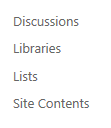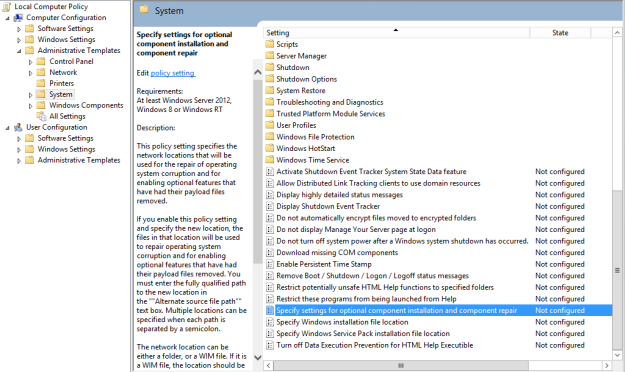These are notes from my first upgrade of SharePoint 2010 to SharePoint 2013. The purpose of the upgrade is to carry out an initial test upgrade to find any issues etc. I’m not replicating the environment in terms of server roles etc. everything is installed on one server with local SQL. I followed the steps outlined here: http://technet.microsoft.com/en-us/library/cc303436.aspx
This is part 3, part 1 can be found here, part 2 here, part 3 here, part 4 here and part 5 here.
Upgrade service applications to SharePoint 2013
Reference: http://technet.microsoft.com/en-us/library/jj839719.aspx
To upgrade a service application you create a new instance of the service application and point it at the database you restored in part 2. When the service application is created the database is upgraded.
Open Central Administration -> Application Management -> Service Applications -> Manage Services on Server. Start any of the following Service Applications you’re going to use: Business Data Connectivity Service, Managed Metadata Web Service, PerformancePoint Services service, Secure Store Service and User Profile Service.
If upgrading the Search service, this must be done using the SharePoint 2013 Management Shell. See http://technet.microsoft.com/en-us/library/jj839719.aspx for information on upgrading the various service applications. I only need to upgrade the Managed Metadata and User Profile service applications.
Ensure you’re logged on as a user with the correct permissions to upgrade the service application:
- securityadmin fixed server role on the SQL server
- db_owner fixed database role on all databases that are to be updated
- Administrators group on the server on which you’re running the PowerShell commands
Below is a screenshot having followed the instructions to upgrade the Managed Metadata service application.
 To upgrade the User Profile service application flow the steps here http://technet.microsoft.com/en-us/library/jj839719.aspx . Ensure the account you use to run the User Profile synchronization service has the correct permissions as they aren’t mentioned in the upgrade article. Check this article for the account permissions required for the User Profile synchronization service http://technet.microsoft.com/en-us/library/ee721049.aspx.
To upgrade the User Profile service application flow the steps here http://technet.microsoft.com/en-us/library/jj839719.aspx . Ensure the account you use to run the User Profile synchronization service has the correct permissions as they aren’t mentioned in the upgrade article. Check this article for the account permissions required for the User Profile synchronization service http://technet.microsoft.com/en-us/library/ee721049.aspx.
I had problems starting the User Profile synchronization service. The ULS log showed:
UserProfileApplication.SynchronizeMIIS: Begin setup for ‘User Profile Service Application’.
ILM Configuration: The miissku.exe process exited with error code -2146893813. Error: .
ILM Configuration: The ValidateMiisEncryptionKey process returned False.
Synchronization database is already initialized. Importing the encryption key for the database into the registry
UserProfileApplication.SynchronizeMIIS: Failed to configure MIIS pre database, will attempt during next rerun. Exception: System.NullReferenceException: Object reference not set to an instance of an object.
at Microsoft.Office.Server.Administration.UserProfileApplication.RestoreMiisEncryptionKey(ILMPostSetupConfiguration psc)
at Microsoft.Office.Server.Administration.UserProfileApplication.SetupSynchronizationService(ProfileSynchronizationServiceInstance profileSyncInstance).
UserProfileApplication.SynchronizeMIIS: End setup for ‘User Profile Service Application’.
I ended up upgrading the profile and social databases, but created a new sync database. I did this by omitting “-SyncDB %DBName%” from the New-SPProfileServiceApplication command, see below.

















